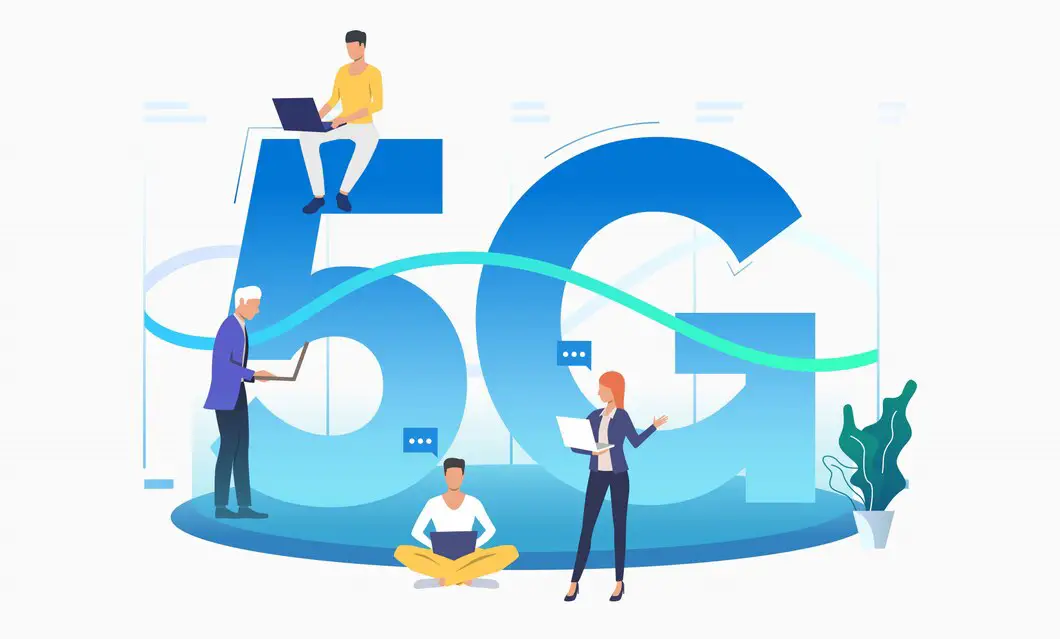You are about to launch on a journey into the future of cloud software performance, where the synergy between 5G technology and cutting-edge 5G software is revolutionizing the digital landscape. In this enlightening exploration, we will examine into how these advancements are bridging the gap to elevate cloud performance to unprecedented levels. Join us as we unravel the intricacies of this transformative alliance and the boundless possibilities it holds for enhancing our digital experiences.
The Current State of Cloud Software Performance
Limitations of Traditional Networks
To tackle the intricate demands of modern cloud software, traditional networks face significant limitations. The existing infrastructure struggles to keep up with the growing data processing requirements and real-time interactions necessitated by advanced cloud applications.
The Need for Enhanced Performance
Limitations in traditional networks underscore the pressing need for enhanced performance in cloud software operations. As businesses increasingly rely on cloud platforms for critical functions, such as data analytics and AI-driven processes, the need for seamless, high-speed connectivity becomes paramount.
Performance: The need for enhanced network capabilities to optimize cloud software performance is driven by the escalating demand for real-time data processing, dynamic content delivery, and seamless user experiences. The existing network infrastructures are strained by bandwidth limitations and latency issues, making it imperative for businesses to explore innovative solutions like 5G technology for a significant performance boost.
The Role of 5G Technology in Cloud Software
Increased Bandwidth and Speed
Increased bandwidth and speed are necessary elements that 5G technology brings to the table for enhancing cloud software performance. With faster data transmission rates and higher capacity, 5G enables cloud applications to operate seamlessly, providing users with a smoother and more efficient experience.
Reduced Latency and Improved Reliability
For cloud software, reduced latency and improved reliability are paramount for delivering real-time services and ensuring consistent performance. 5G technology significantly decreases latency, the time it takes for data to travel from the user to the cloud server and back. This leads to quicker response times and a more reliable connection, critical for applications that require instant data processing.
Reliability in cloud software is crucial for businesses relying on consistent performance for their operations. 5G technology's enhanced reliability ensures that data transfers are secure and stable, minimizing the risk of interruptions or downtime. This reliability is fundamental for mission-critical applications such as telemedicine, autonomous vehicles, and IoT devices that demand a dependable network connection at all times.
Enhancing Cloud Software with 5G Technology
Optimizing Data Transfer and Processing
Processing data efficiently is crucial for enhancing cloud software performance. With the integration of 5G technology, data transfer speeds are significantly improved, reducing latency and enabling faster processing. This optimization ensures that cloud software can handle large volumes of data seamlessly, improving overall user experience and productivity.
Leveraging 5G's Low Latency for Real-time Applications
Data transmitted through 5G networks experiences low latency, making it ideal for real-time applications. This capability allows cloud software to deliver instant responses and updates, enhancing interactive features and enabling new possibilities for real-time collaboration and decision-making.
This low latency feature of 5G technology is crucial for applications that require instant communication and data processing, such as virtual reality, augmented reality, autonomous vehicles, and remote control systems. With 5G, cloud software can leverage this capability to drive innovation and improve user experiences in a wide range of industries.
Implementing 5G-Enhanced Cloud Software
Integrating 5G Networks with Cloud Infrastructure
For seamless integration of 5G networks with cloud infrastructure, compatibility between software and 5G technology is crucial. Proper coordination and synchronization ensure optimal performance and latency reduction.
Ensuring Seamless User Experience
To ensure a seamless user experience, 5G Software focuses on minimizing disruptions and enhancing data transfer speeds. By leveraging the capabilities of 5G technology, cloud software can deliver a smooth and efficient experience for users.
Networks play a vital role in maintaining a high level of user satisfaction by providing reliable connections and fast data transmission. By integrating 5G technology, cloud software can guarantee improved performance and responsiveness, ultimately enhancing the overall user experience.
Final Words
From above, we can see the potential benefits of integrating 5G technology with cloud software to enhance performance. With faster speeds, lower latency, and increased capacity, 5G software opens up a world of possibilities for improved user experiences and greater efficiency in various industries. As we move towards an increasingly interconnected digital landscape, bridging the gap between cloud software and 5G technology is key to unlocking the full potential of future innovations.
Original Link: https://articleterrain.com/bridging-the-gap-enhancing-cloud-software-performance-with-5g-technology/





